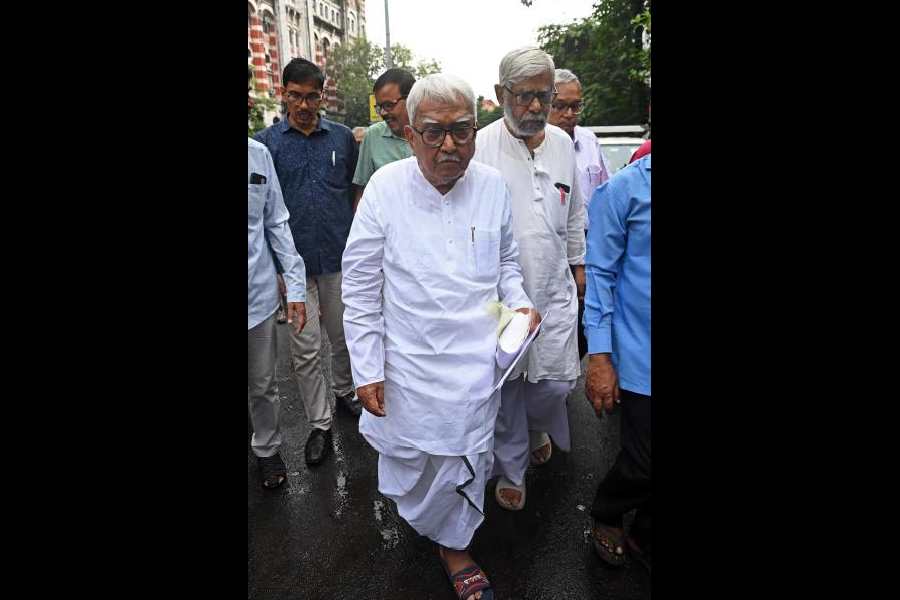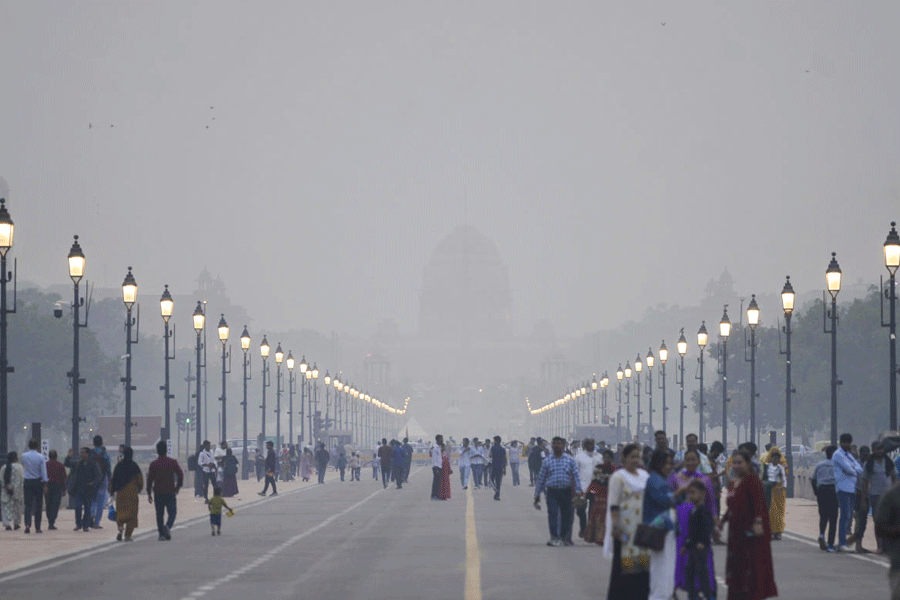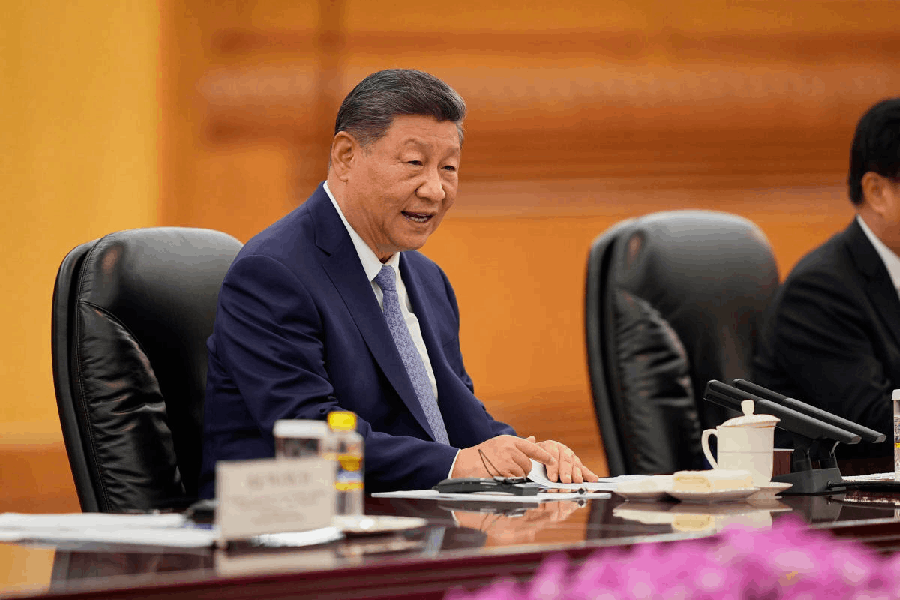BOOK NAME- THE LOST HEER: WOMEN IN COLONIAL PUNJAB
AUTHOR- Harleen Singh
PUBLISHED BY- Viking
PRICE- Rs 1,299
The front flap of The Lost Heer elucidates the book’s raison d’être: to go beyond the “male-centric” narratives that have dominated colonial Punjab and reorient the focus on the overlooked “heer[s]” and their struggles in order to rescue them from historical amnesia. The matriarchs featured in this volume by Harleen Singh include childless widows of slain emperors guarding their Sikh chiefdoms against the shrewd Ranjit Singh, mothers of young statesmen who had altercations with the advancing British “Company Bahadur”, Ghadarites such as Gulab Kaur (picture) who, “enraged” at her husband’s reluctance to join the revolution, boarded a steamer by herself that would take her back to Punjab, the pioneering Premdevi, the first female doctor of the undivided province, and Hardevi who started colonial Punjab’s first women’s magazine.
Singh’s comparison of the protagonists to Heer — a rebel of medieval Punjab who defied social norms to confess her love for Ranjha — seems justified as these intertwined tales are similarly imbued with female resilience and tragic tones. Singh, however, desists from mythification and deftly portrays the nuanced humanity embodied by these protagonists. Spanning a period from 1794 up until the Partition that saw the province split into two, the book not only fills critical gaps in mainstream history but also offers a gendered historiography of India’s “sword arm”, challenging, in the process, the perceived masculinity of Punjabiyat.
The book locates the protagonists through their intimate and domestic encounters with modernity. Singh constantly shifts between history and folklore and peruses archives — oral narratives and regional literature — to highlight the revolutions stirred by the titular Heers in the zenana as well as in the broader nationalist movements. In so doing, Singh effectively removes history’s purdah over the daunting successors of the mythical Heer.











